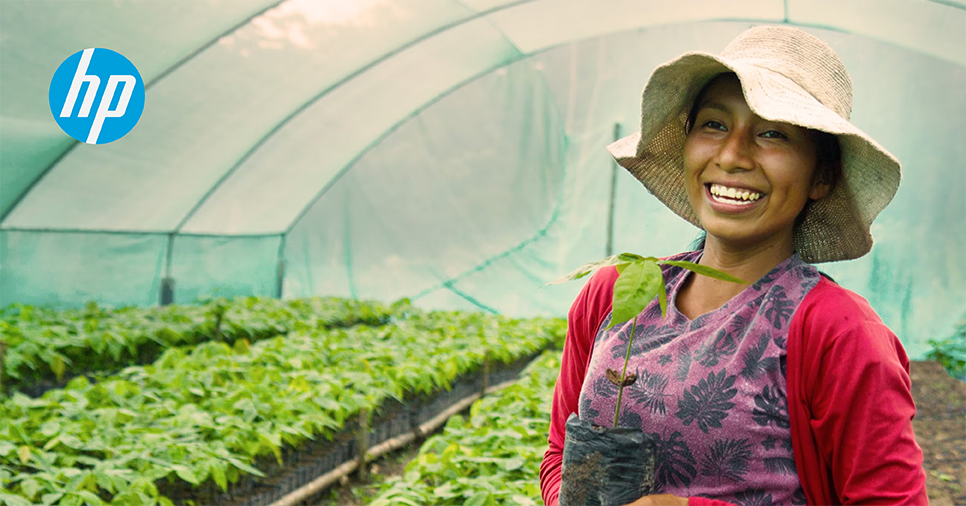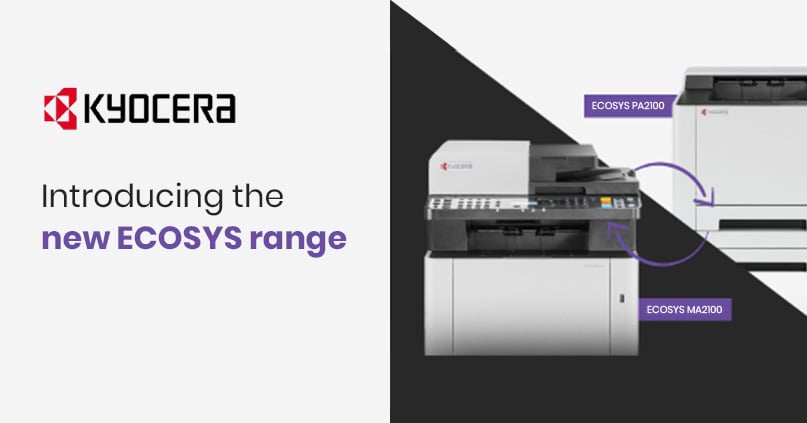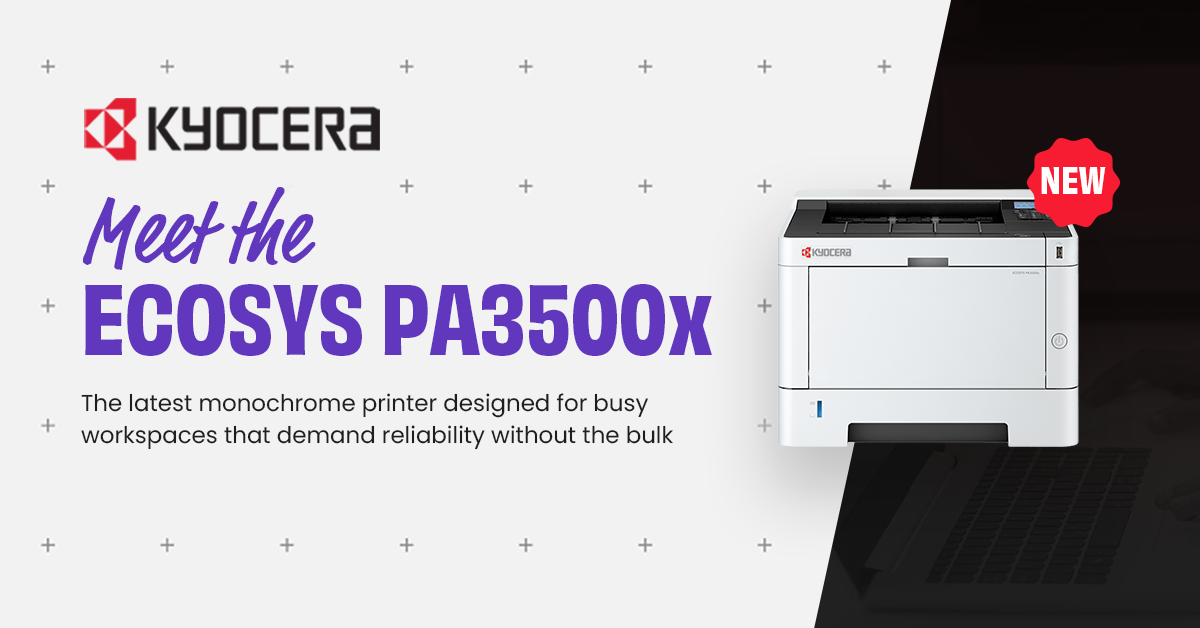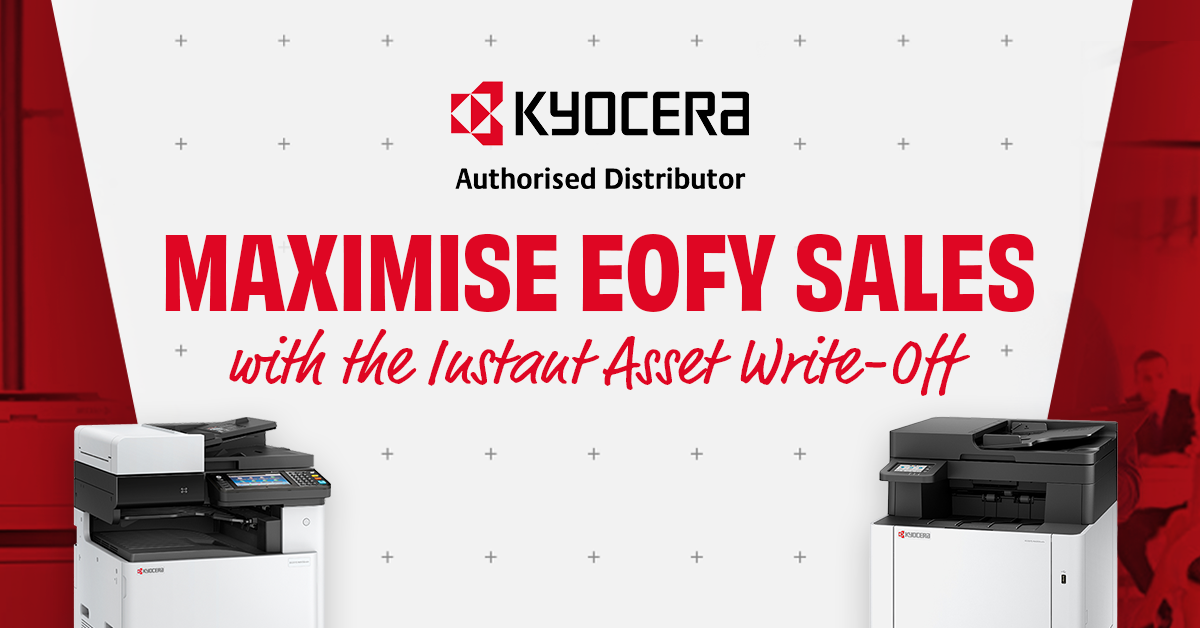
Alloys
Sustainability is becoming a core priority in the Large Format Printer (LFP) industry, as manufacturers and customers, alike, increasingly seek ways to reduce their environmental impact.
Many industries that rely on LFPs have set ambitious sustainability targets extending to 2030 and beyond.
As an example, the Australian construction industry is subject to government-legislated sustainability requirements. Initiatives such as energy efficiency regulations under the National Construction Code (NCC), mandatory use of the BASIX tool in NSW, and waste management regulations are standard components of modern building projects.
While Green Star and NABERS certifications are voluntary, they are widely adopted and often required in government and large-scale commercial developments. These programs aim to ensure that new developments minimise environmental impact while still supporting population and infrastructure growth.
HP believes sustainability should be embedded not just in the way buildings are designed, but also in the tools and technology that support those industries.
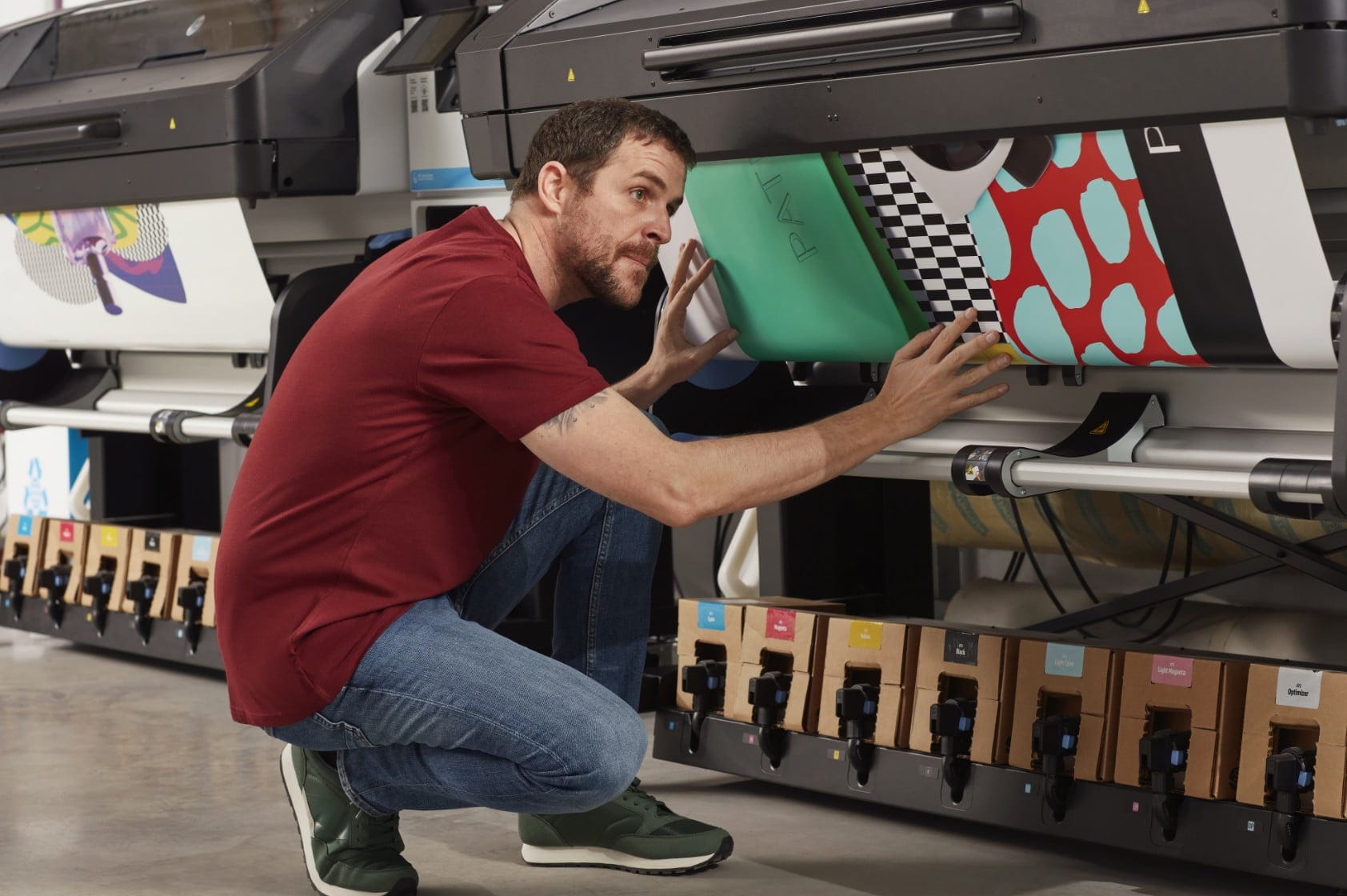
By considering sustainability across the entire printer lifecycle, HP helps customers go beyond just evaluating “speeds and feeds” when choosing a device. In fact, HP’s environmental credentials may be the deciding factor that sets you apart from your competitors when closing a sale.
HP has made major strides in sustainability, particularly within its DesignJet large-format product lines. Here are some key highlights:
Carbon Footprint Reduction & Energy Efficiency
- HP is committed to net-zero carbon emissions by 2040.
- Many HP printers are ENERGY STAR® certified and are designed to use up to 60% less energy than comparable devices

Printer & Cartridge Recycling
- HP Planet Partners: Allows customers to return used cartridges and printheads for recycling.
- HP uses recycled plastic in some printer components and ink cartridges.
- Some HP DesignJet printers are built with 30% recycled plastic.

HP’s New Eco-Packaging for DesignJet
- HP rolled out a new paper-based packaging system when it launched the DesignJet T850 and T950 models.
- This innovative packaging significantly reduces landfill waste and simplifies recycling.
- Starting in 2025, HP will expand this eco-packaging across more models, including the T230 and T650 models.

An exciting development is that HP’s new packaging is smaller than the fully assembled device, reducing shipping volume and environmental impact.
It also leads to cost savings when distributing across Australia. Here’s a quick comparison of device vs. packaging dimensions and weights:
| T230 | T650 24" | T650 36" | |
| Length x width x height | |||
| Printer Dimension | 1013 x 440 x 285 mm | 1013 x 605 x 932 mm | 1317 x 605 x 932 mm |
| Printer Weight | 21.5 Kg | 29.5 Kg | 35.4Kg |
| Box Dimension | 1155 x 575 x 405 mm | 1155 x 575 x 475 mm | 1470 x 575 x 590 mm |
| Box Weight | 27 Kg | 38 Kg | 56 Kg |

This autumn, HP will begin rolling out these packaging improvements across more DesignJet models—furthering their commitment to sustainability, reducing shipping emissions, and offering even more value to our customers.

